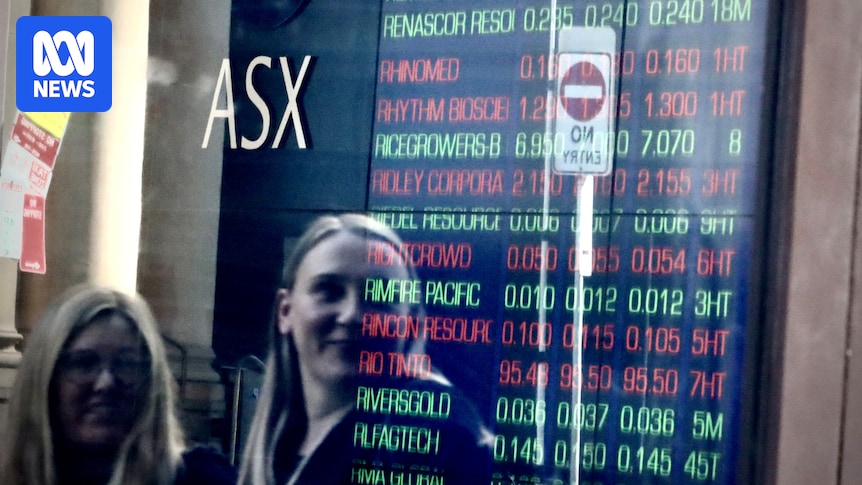The S&P/ASX 200 closed 0.7 per cent higher on Friday at 8,938.6 points, breaking the $2.9 trillion mark and ending the week on its highest ever note.
The record close followed the market hitting new intraday peaks for five straight sessions.
The broader all Ordinaries lifted 0.69 per cent, to close at 9212.1.
It was, according to Reuters, the best close for Australia’s top 500 stocks now with a combined value of more than $2.9 trillion.
The Australian dollar was weaker against the greenback to buy US65.04 cents, down from US65.37 cents at 5pm Thursday.
IG market analyst Tony Sycamore said the index’s fifth straight record high this week was unprecedented in the past decade.
“We expect the ASX 200 to extend its gains towards the next upside target at 9000 in the weeks ahead,” Mr Sycamore said.
“This view is based upon the ASX 200 remaining above support at 8630-10ish.”
Swissquote Bank senior analyst Ipek Ozkardeskaya says in Trump tariff land White House pressure is mounting, and “a September rate cut [from the US Federal Reserve] looks inevitable — come hell or high water”.
“Markets now see a 93 per cent probability of a 25 basis point cut in September,” she said.
“A 50 basis point cut, despite political noise, is hopefully off the table.”
AMP chief economist Shane Oliver says despite the uncertain economic backdrop, “share markets are continuing to shoot the lights out making new highs”.
“Worst-case trade war scenarios now look less likely; global economic data remains mostly okay; profits are coming in stronger than expected globally and (are) expected to pick up in Australia,” he said.
Mr Oliver says with a 6 to 12 month view shares should benefit, as Trump continues to pivot towards more market friendly policies, the Fed starts cutting rates again and other central banks including the RBA continue to cut.
“The [August rate] cut was no surprise and reflected confirmation that inflation is on track to settle around the mid-point of the 2 to 3 per cent target range in line with the RBA’s forecasts,” he said.
He says low unemployment and the RBA’s concerns about poor productivity growth mean that the central bank will remain cautious and gradual in cutting rates.
“We continue to see the RBA cutting rates again in November, February and May taking the cash rate down to 2.85 per cent,” he said.
